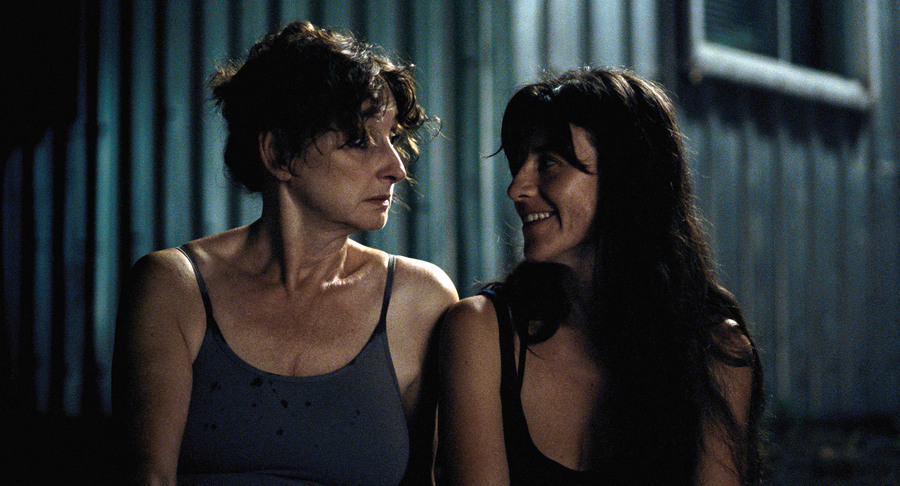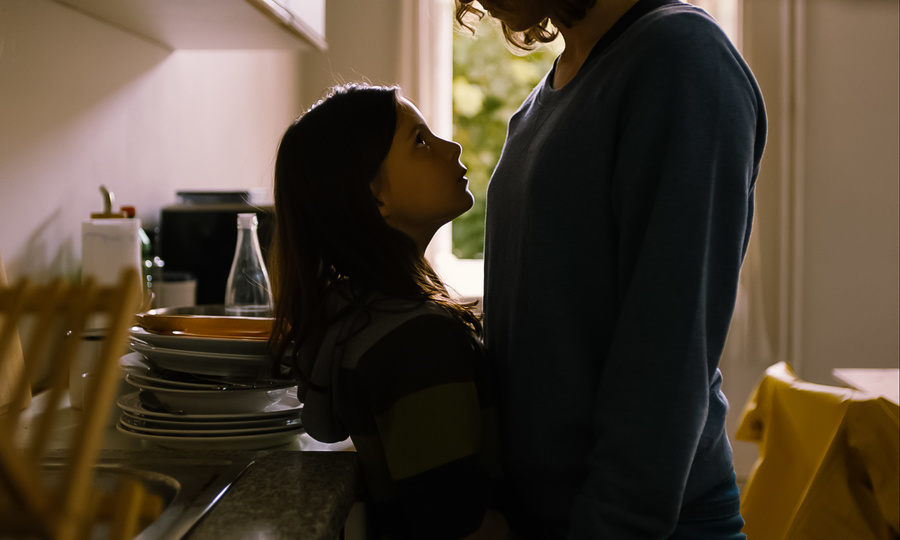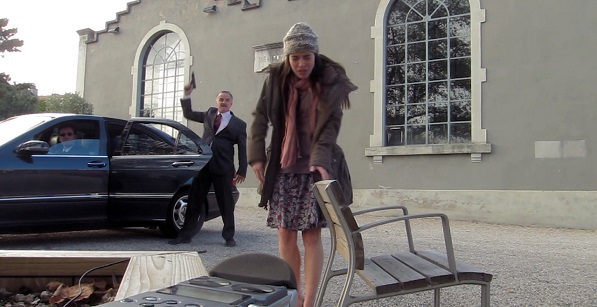
From the wave of critics polls and nominations thus far into awards season, Richard Linklater‘s Boyhood has established itself as a consensus choice for the best film of 2014. Such degrees of praise are deserved of Linklater; over the past twenty-five years, he’s steadily constructed one of the most formidable filmographies of our generation with one accomplished feature after another. The thing is, I don’t quite consider Boyhood to be among the best of them; for me it falls in the middle of his career achievements. It’s a widely known fact that it took him twelve years to make this film, requiring tremendous foresight and perseverance to see it through. But for all of its long range scope and ambition, I find it lacks the intimacy and the specificity of his greatest films. It feels too much like an all-purpose anthem for the coming-of-age experience, which may account for why it’s so phenomenally popular.
Boyhood has more than its share of supporters as the best film of the year, but there are ten other films that for me embody what a truly outstanding film looks like. In addition to their titles and directors, I’m also including their U.S. distributors, who mostly figure among the unsung ranks of the specialty distribution labels whose mission is to give independent and arthouse films an opportunity to be seen, providing an alternative to the mainstream Hollywood fare that gets blasted out weekly. Their efforts should be recognized as part and parcel to the great works they make available to us.
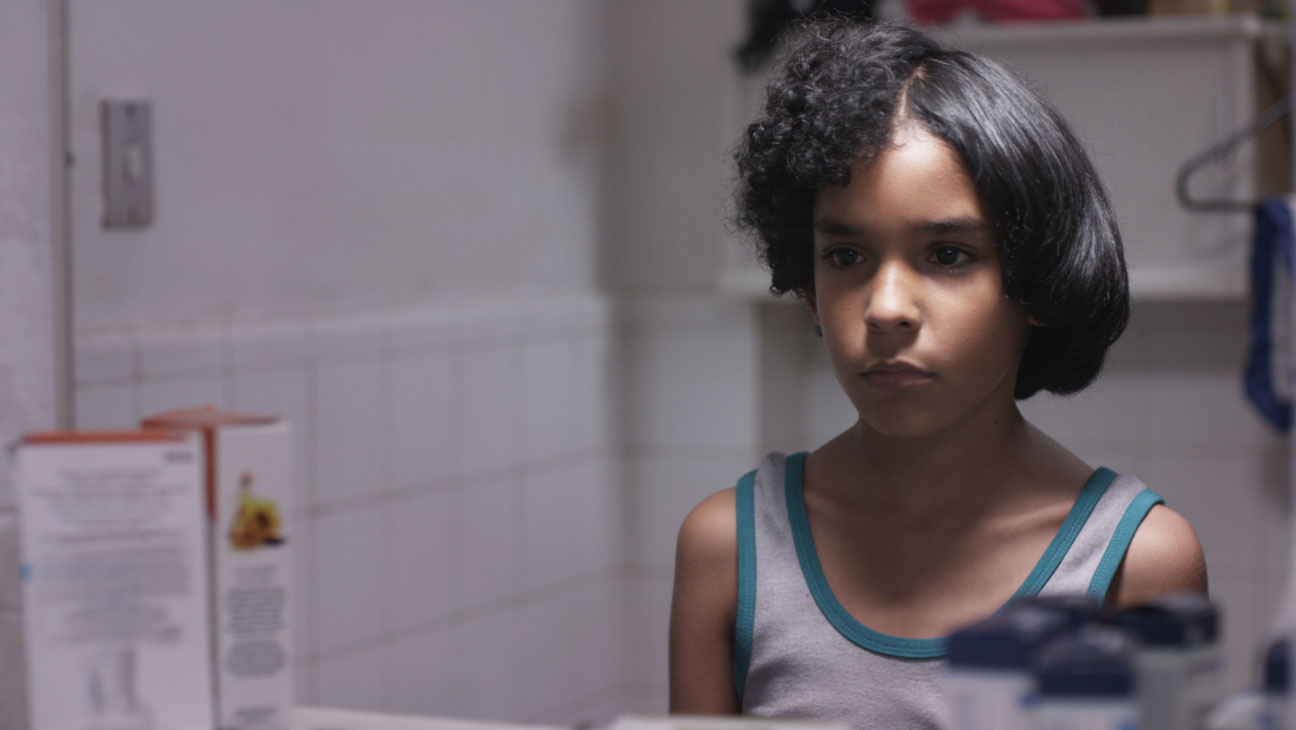
10. Bad Hair (Mariana Rondon)
Bad Hair from Venezuela is a youth movie that has something missing in Boyhood: the genuine confusion of growing up. The boy in this film explores his sexual identity in ways that don’t fit the expectations of society or his stressed out single mom. It creates a dramatic tension that is incredibly rich and never slips into feel good sentimentality.
9. Vic + Flo Saw a Bear (Denis Côté)
Vic + Flo Saw a Bear is equally tough on its characters, a pair of lesbian ex convicts trying to make their way in society. Director Denis Côté orchestrates their scenes with deadpan humor and a musical sense of choreography that resembles Wes Anderson, but without the cuteness factor. Côté’s world has no mercy but still yields a breathtaking beauty.
8. The Dance of Reality (Alejandro Jodorowsky)
The Dance of Reality is another Wes Anderson-esque wonder, a colorful carnival of boyhood memories from the director of El Topo and The Holy Mountain. Those movies are cult classics with tremendous imagination, but Dance of Reality is a more moving film, because there’s a historical reality that seeps through the magical imagery and that gives it gravity.
7. Policeman (Nadav Lapid)
Policeman is a bold, tightly executed showdown between Israeli leftist radicals and counter-terrorist specialists. The film splits equal time between the two sides, connected by rich visuals that convey the idea of intimacy: how people are united by the communion of physical contact, even as it pits them against others. The film leaves us with disturbing questions of what factors determine our allies and enemies.
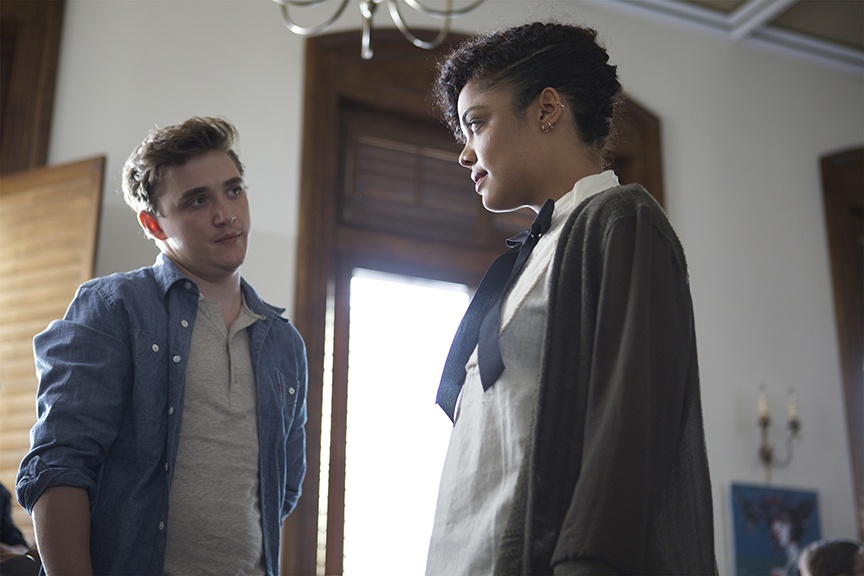
6. Dear White People (Justin Simien)
Such tension is also at work in Dear White People, an impressive first feature made twenty-five years after Spike Lee’s Do the Right Thing. In fact, it feels like a Do the Right Thing for the Obama generation, where efforts at racial integration have led to increasingly complicated formations of identity politics. The film tackles this mess head on and emerges as the funniest movie of the year, and one of the smartest.
5. Citizenfour (Laura Poitras)
From one of the funniest films to one of the most sobering, Citizenfour chronicles the historical leak of U.S. government surveillance secrets by whistleblower Edward Snowden. It’s a monumental work, not just as a historical record, but as a sensitive account of the media’s role in telling the story. It uncannily resembles a Hollywood thriller, raising questions of how fiction seeps into the fabric of our reality.
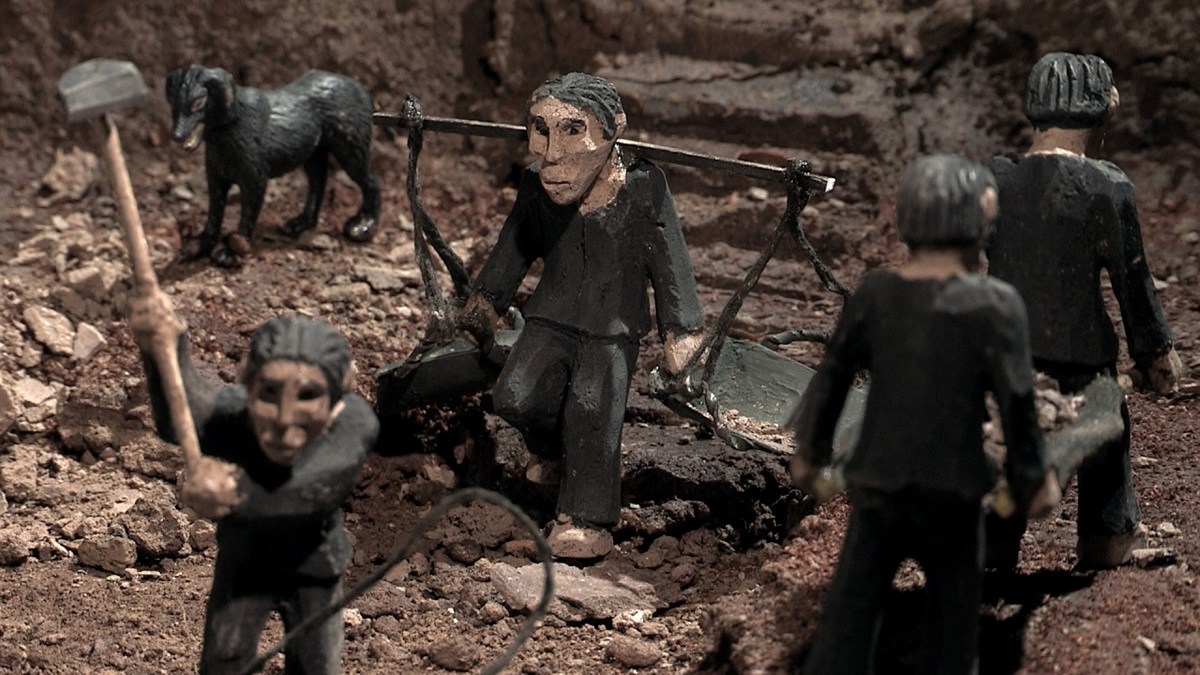
4. The Missing Picture (Rithy Panh)
Similar issues inform The Missing Picture, Rithy Panh’s Oscar-nominated recollection of his survival of the killing fields of Cambodia. Working with hand-carved wooden figures and unreliable newsreel footage made by his captors, he draws on painful memories to reconstruct the genocide he endured. It is a masterpiece of personal memory, literally made by hand.
3. What Now? Remind Me (Joaquim Pinto)
Equally impressive is What Now? Remind Me, a sprawling account of one year in the life of Portuguese filmmaker Joaquim Pinto, as he continues his 20 year battle with HIV. While his body endures various stages of treatment, his mind flies freely through memories of the past and reflections of the world around him. Turning countless hours of footage into a lucid personal odyssey, this is filmmaking that’s as powerful as life itself.
2. The Strange Little Cat (Ramon Zürcher)
The single most resourceful film I saw this year was a student feature from Germany. The Strange Little Cat turns one cramped apartment kitchen into a cinematic playground where every movement and every shot plays in perfect sync even when showing the off-synch dynamics of the family that lives in this space. This is what I mean by the intimacy and specificity of detail that I wish was more present in Boyhood. The Strange Little Cat is proof that strange little things that can make the biggest impact.
1. Goodbye to Language (Jean-Luc Godard)
And then there’s the truly visionary. The radical break from convention, opening up new possibilities for making images. That’s what’s in Goodbye to Language by Jean-Luc Godard, who’s eighty-four years old and still searching for ways to challenge our fundamental notions of what cinema is and could be. He scores in this film with a use of 3-D that can rightfully be called revolutionary. There’s no way for me to present it here, but even the 2-D versions of these images take footage from camera phones and breathe new life into them, pushing us to see anew. This is a film made of fits and starts, with only feints of a narrative at times, frequently impenetrable. Much of the conventional means of engaging with cinema are all but abandoned. What remains at the core of it are the images, which is ironic because these images feel unstable, volatile, practically on the brink of exploding, tearing out a giant hole that might open a way for us to see out of the cinema we feel comfortable with into one that’s yet to come.
Kevin B. Lee is a filmmaker, critic, video essayist and founding editor of Keyframe. He tweets at @alsolikelife.

